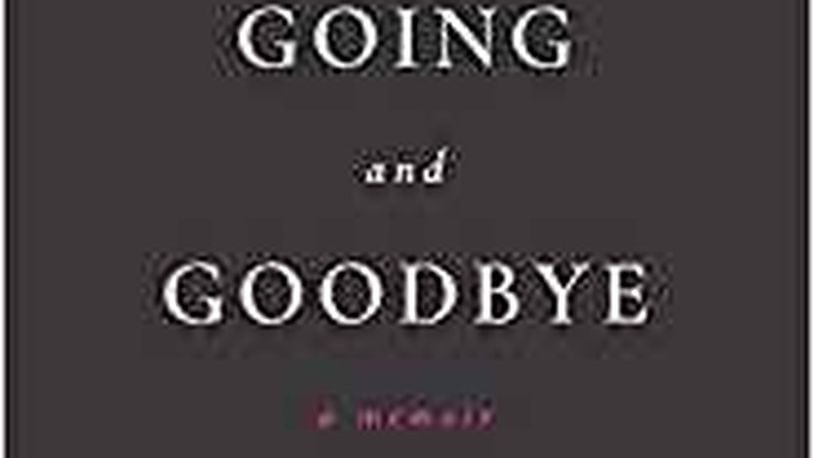As a non-native bird species, starlings are maligned and unwanted. The composer Mozart had a pet starling. Lyanda Lynn Haupt was fascinated by this fact. Haupt actually had to break the law to obtain a young starling nestling to adopt. She named the bird Carmen. Starlings are gifted and imaginative singers. This book was truly a delightful surprise.
RELATED: A trio of intense memoirs that go straight to the heart
“Glass House — the 1% Economy and the Shattering of the All-American Town” by Brian Alexander (St. Martin’s Press, 320 pages, $26.99)
The Ohio city of Lancaster was once a thriving industrial hub. Their main business was glass manufacturing. Lancaster’s manufacturing base has slowly withered away. Brian Alexander wondered what caused this economic dislocation in his hometown. His research revealed what happened to the leading glass manufacturer — Wall Street investment banks siphoned away much of the value of the company.
“The Going and Goodbye — a Memoir” by Shuly Xochitl Cawood (Platypus Press, 172 pages, $16).
There were some lovely memoirs published, and Shuly Cawood penned my favorite one. As I perused this collection of essays I felt as if I had been allowed to open a hidden casket of gleaming jewels. The author’s meditations on love, loss and her yearning for home are exquisitely rendered. She doesn’t waste a single word.
RELATED: Our manufacturing base did not vanish overnight
“Greater Gotham — a History of New York City from 1898 to 1919” by Mike Wallace (Oxford, 1182 pages, $45).
The second volume in Mike Wallace’s history of New York City is as dense and monumental and colossal as the city which inspired it. This muscular book takes readers from the tops of towering skyscrapers to the depths of subway tunnels beneath rivers. We observe excesses of the leisure class and deprivations of tenement dwellers. If you love history with the zest of a crackling novel, this is the book for you.
“World War I and America — Told By the Americans Who Lived It” edited by A. Scott Berg (Library of America, 987 pages, $40).
We entered WWI a century ago. This centennial collection of writing from that period contains an impressive array of material that renders an overview of what was happening in the trenches, in government, in tiny villages in France, in battles, in journalism, and up in the air where aces in primitive airplanes fought dogfights with a medieval sense of chivalry and honor. There’s even a bit of fiction in here, and it is superb.
RELATED: Viewing WWI through the eyes of those who were there
“Franklin D. Roosevelt — a Political Life” by Robert Dallek (Viking, 692 pages, $40).
In 1932 our nation was mired in the Great Depression. Some Americans had lost hope. Our newly elected president Franklin D. Roosevelt exuded confidence. He was a New Yorker and a son of privilege. This study of Roosevelt shows us a man who was a gifted politician. Under his leadership, our nation arose from the ashes of massive economic dislocation. When Roosevelt died, victory in WWII was close at hand. FDR was one of our great presidents — this is an inspiring book.
“Red Famine — Stalin’s War on Ukraine” by Anne Applebaum (Doubleday, 461 pages, $35).
As Roosevelt was trying to put more food on American tables, the Soviet dictator Joseph Stalin was doing the exact opposite. Anne Applebaum details how Stalin systematically put policies in place that resulted in mass starvation. This chilling episode of genocide in the Ukraine region has been little known because Stalin was also brutally efficient at suppressing knowledge about it.
terature/viewing-wwi-through-the-eyes-those-who-were-there/3etXdbfydTKtGpET6viYFK/
About the Author
